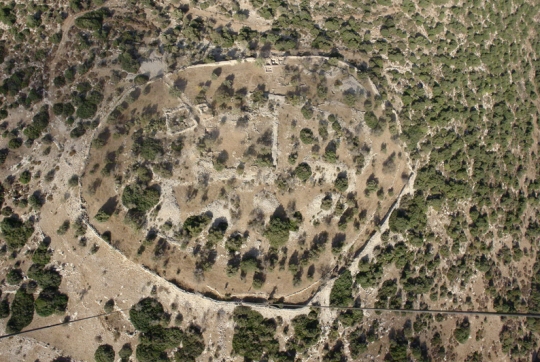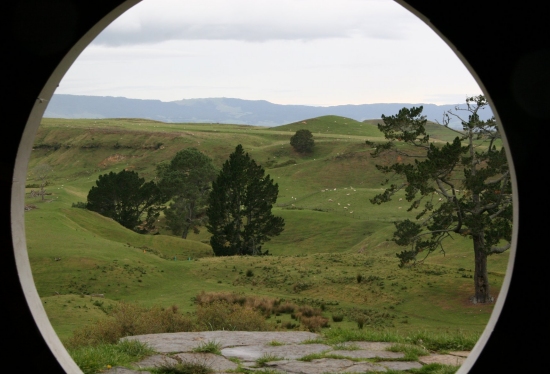
She wrote to tell me that she took my general chemistry course (which is out of print – I recommend using this one now) and my advanced chemistry course several years ago and is now in college, pursuing a degree in nursing. She says that college chemistry is going well, and it is bringing back a lot of good memories, so she wanted to thank me for being an integral part of her homeschool-high school years. Of course, that meant a great deal to me. However, I have to admit that I was more intrigued by something else she wrote:
As a homeschooler, you were one of my first “favorite professors” (next to my parents and Andrew Pudewa). Extrapolating from your often-humorous, lighthearted writing style, I invented a jovial stickman-character of you who often appeared in the margins of my books to make comments (together with the three Chemistry Nerds and Mr. Mole).
If you have ever experienced a class with Andrew Pudewa, you would know that it is no insult to finish behind him in a student’s “favorite professors” list, but that’s not what really intrigued me. I wanted to learn more about this “jovial stickman-character,” so I asked her if she would mind sending me some examples, and when she did, I spent the next several minutes laughing out loud!









